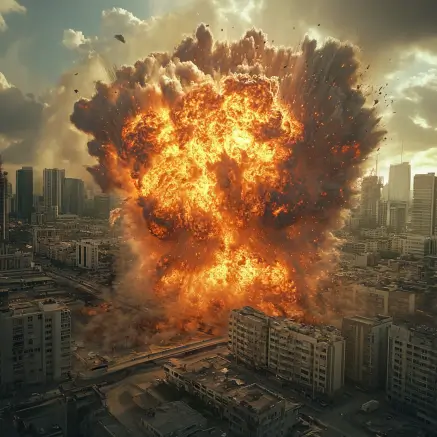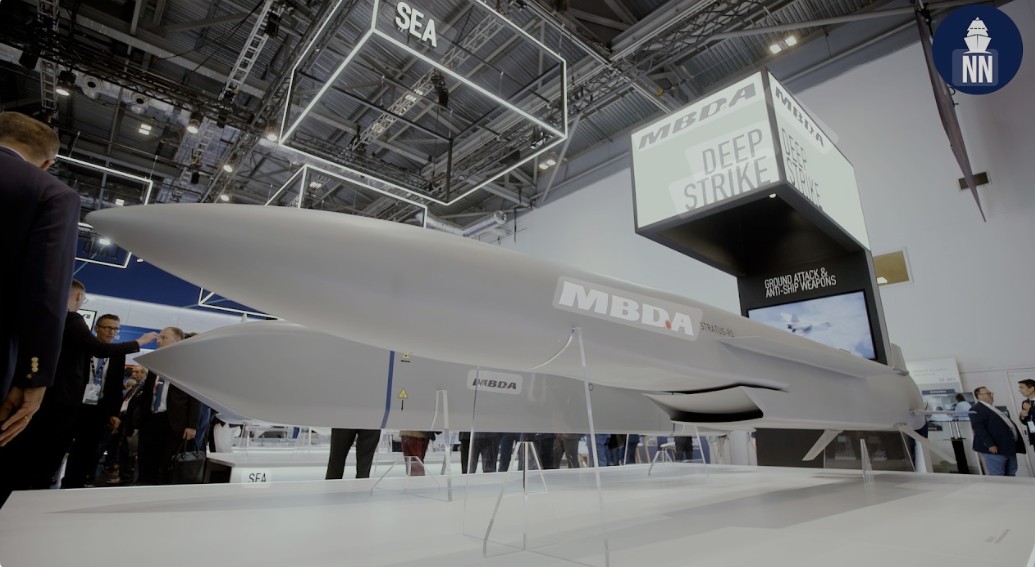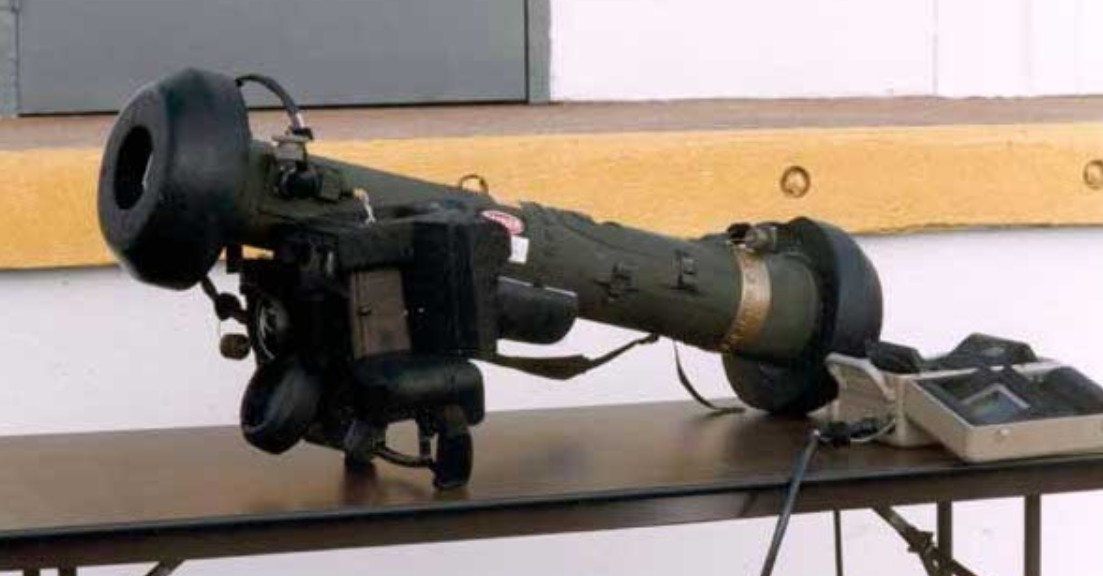The Mysterious ODAB-9000
The ODAB-9000 has been a topic of intrigue, both in military circles and among enthusiasts of military technology. Its name strikes a mix of fear and curiosity, associated with massive destruction and powerful deterrence. But what exactly is the ODAB-9000? Is it a product of reality or just a fictional creation birthed from speculative discussions? Let’s delve into this enigmatic entity.
Origin and Background
The ODAB-9000 is often referred to as one of the most powerful non-nuclear bombs in the world. It originates from Russia, developed during a time when superpowers were racing to create increasingly powerful military technology. The acronym ODAB stands for “Объёмная Датаболка” which translates to “Aerial Bomb of Increased Volume.” What makes this weapon stand out is its reputation for being a thermobaric bomb, which is also known as a vacuum bomb.
The concept of thermobaric weapons isn’t new and has been part of military arsenals for decades. These devices use atmospheric oxygen to generate a high-temperature explosion, which can be significantly more powerful than traditional explosives.
Specifications of the ODAB-9000
While detailed specifications are often classified, based on available information, the ODAB-9000 carries impressive stats that contribute to its notoriety:
| Specification | Details |
|---|---|
| Weight | 9000 kg |
| Type | Thermobaric |
| Blast Yield | Equivalent to approximately 44 tons of TNT |
| Delivery Systems | Typically deployed from aircraft |
Technical Feats and Capabilities
What sets the ODAB-9000 apart from other bombs is its sheer scale and the nature of its explosive power. Thermobaric bombs like the ODAB-9000 operate by initially distributing a fine mist of explosive material through the air upon detonation. This mist then ignites, creating a pressure wave that is significantly larger and hotter than conventional explosives.
The blast wave penetrates structures and caves with ease, making it particularly effective for destroying fortifications or bunkers. Structures that might resist standard explosives often stand no chance against the devasting effects of a thermobaric explosion.
Fact or Myth?
While there is substantial evidence supporting the existence of the ODAB-9000, details are often blurred by military secrecy policies. Some sources confirm its development and possible deployment in various conflicts, while others question the authenticity of its reported capabilities. The conversations often revolve around whether its reputed yield and effectiveness are factual or somewhat exaggerated.
It is crucial to recognize the role of psychological warfare in military strategies. The mere knowledge that such a powerful weapon exists may deter adversaries without it ever being deployed. Hence, there is a blend of factual foundation and strategic disinformation that surrounds the ODAB-9000.
Military Impact and Ethical Considerations
The potential use of the ODAB-9000 raises significant ethical questions. With its immense destructive power, the collateral damage can be substantial, raising concerns over civilian casualties and the long-term environmental impact. The international community often views such weapons with caution, balancing military advantage with humanitarian considerations.
Furthermore, there is ongoing debate regarding the use of thermobaric weaponry under international law. While legal under certain conditions, the indiscriminate destructive potential of devices like the ODAB-9000 can conflict with the principles of distinction and proportionality in the laws of armed conflict.
The Continuing Debate
The existence and power of the ODAB-9000 continue to be subjects of debate among military experts and enthusiasts. As with many high-profile military technologies, it is shrouded in a mix of confirmed details and speculative fiction, fueling discussions and filling the pages of military analysis worldwide.
As global tensions ebb and flow, the discussion around weapons like the ODAB-9000 highlights the ongoing balance of power dynamics. Whether fact or fiction, the conversation underscores the importance of understanding and mitigating the implications of military advancements.









